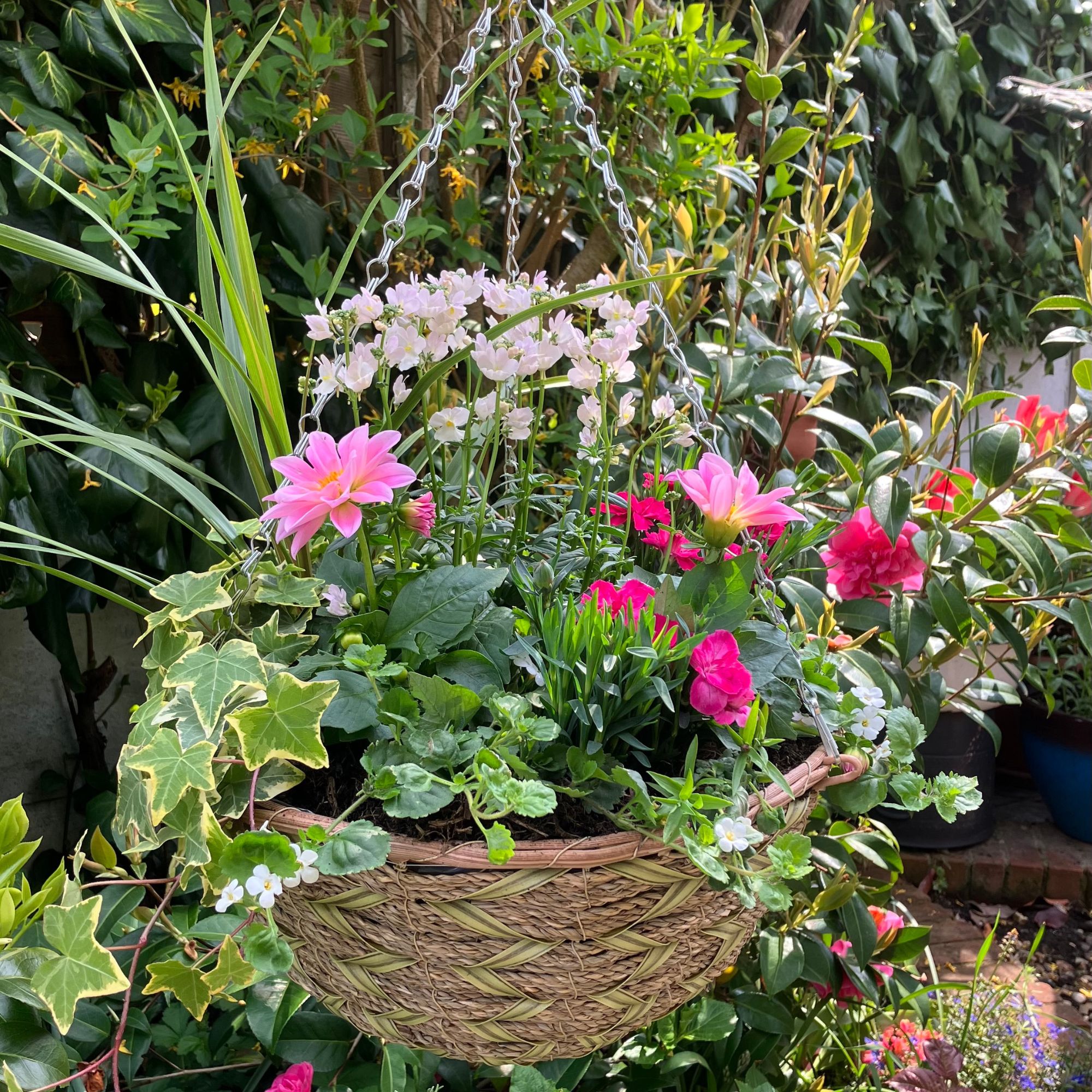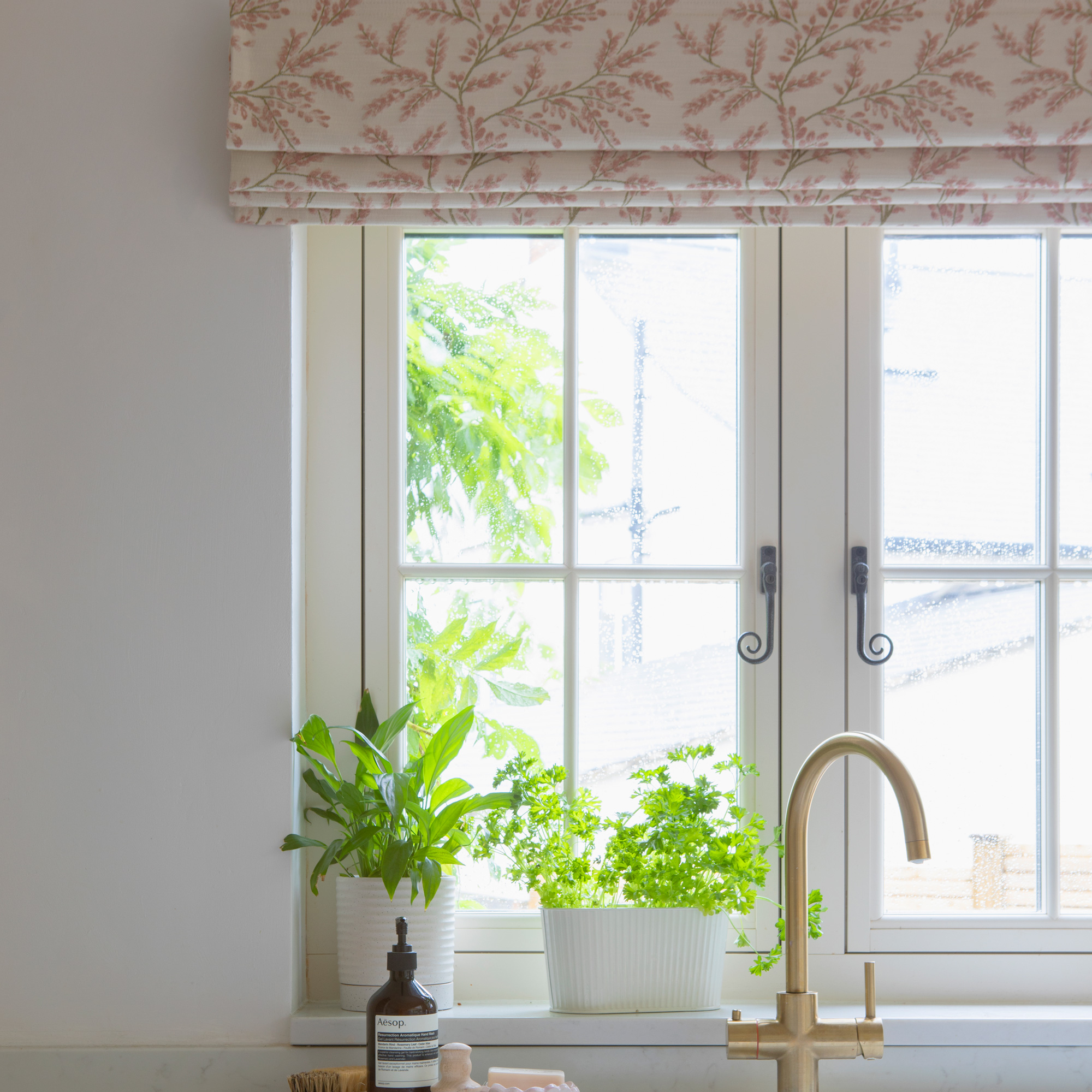How to fix squeaky floorboards – repair creaky floors and block draughts
Silence those squeaky floorboards for good with our expert advice


Millie Hurst
Knowing how to fix squeaky floorboards is an excellent adulting skill to have in your arsenal. And it's a great DIY and decorating job to tick off if you're in the process of selling your house (or simply can't stand the sound of THAT creaking floorboard on the landing any longer).
Original floorboards add lots of lovely character and history to a property, but nails can get loose, causing the pieces of timber to rub together and make a horrible noise. We turned to DIY professionals for their advice on how to silence those groaning boards, and luckily it's a fairly easy home repair that doesn't require any specialist tools.
How to fix squeaky floorboards
'Squeaky floorboards can have a variety of causes and can be highly irritating!' says Paul Bangs, Category Director at Wickes. 'Luckily, there are ways this can be fixed.' Time to give your timbers some TLC...

1. Assemble your tool kit
From your home essential tools, you will need:
- Pincers or claw hammer
- Drill
- Screws
- Electronic pipe and cable detector
2. Find the squeaky floorboard
First, if it's not already painfully obvious, work out which board is loose (and causing the squeak) by walking on it to see if there’s an area that moves.
3. Fix the squeak

In order to rectify squeaky wooden flooring, Paul Bangs recommends screwing in a 50mm screw alongside the present nails. This extra fixing will help to hold the board in place.
Alternatively, you can take out the nails (use pincers or a claw hammer) and screw the board back down using the existing nail holes. Screws will pull it down tighter and are easier to remove if you want to lift the boards again. 'You can also try putting some lubricant on the nails, such as WD-40, to help reduce the squeaking,' DIY expert Charles Tack advises.
Still got a little squeak? Try sprinkling talcum powder along the joint line and work in using a knife. Or you can try putting a piece of cardboard or cloth between them to reduce friction.
4. How to repair or replace a floorboard
If the floorboard is damaged and it’s not possible to nail in the existing holes, pull out the nails with pincers or a claw hammer, then lift the board up and have a look underneath for cables and pipes. If you spot any, mark their position on the board in pencil so you won’t screw into them. You could also use an electronic pipe and cable detector to do this job.
Find a spot near the edge of the board that isn’t damaged (or above a cable or pipe) and drill a hole. Put a screw in the hole and secure it tightly, checking that it sits below the surface (countersink the hole so it doesn’t stick out).
If you need to replace any damaged boards, look for replacement ones of a similar age. You could even take them from an area where the floorboards aren’t exposed for a close match.
5. How to fix draughty floorboards

This will help cut down on potential draughts. For really wide gaps, consider re-laying all the boards in the room so they fit more tightly together, and then laying a new board to fill the space left. If the gaps aren’t too wide, you can fill the space with narrow strips of wood, fixed into the gaps with wood glue. Let them stand proud from the surface, and then sand them once the glue has set.
6. How to block draughts with papier mache
Papier mache also makes a good, inexpensive filler for small gaps between floorboards. This is a traditional technique – simply tear newspaper into strips, allow to soak in wallpaper paste, then push down into the gaps, smooth off with the flat surface of a knife and leave to dry.
What causes floorboards to squeak?

One common cause is that they have become loose, or it could be that they weren't installed properly. Paul Bangs also points out that it could be a seasonal problem, as hardwood flooring has a tendency to expand over the summer. This can cause the floor to part from the subfloor.
'If this is the case, you can re-secure the floorboards with adhesive or additional nails as mentioned above. To prevent the problem from recurring, apply a sealing compound,' he suggests. 'While examining your flooring it's important to check for poorly supported joists. If the joists are incorrectly sized, they may need replacing entirely.'
How do you fix squeaky floorboards under carpet?
When repairs involve removing fitted items such as a carpet, Paul Bangs from Wickes recommends hiring a trusted decorator to do this safely and without damaging your carpet.
How much does it cost to fix squeaky floorboards?
'The cost of repairs will depend on the issue causing the squeak and the necessary steps taken to resolve the issue,' says Paul Bangs. If it's due to water damage, you'll need to hire a professional to fix it, which can cost a few hundred pounds. In many cases though, you can do it yourself and get your living room flooring ideas in top condition.

Are squeaky floorboards a structural problem?
'Well, it depends on the type of floorboard,' comments handyman and advisor at PatioProductions Oleg Stepanchukovski. 'If it's a solid wood floor, then there's no structural issue at all – it's just the movement of the wood against itself.
'But if it's plywood or particleboard floor, then there could be an issue. If your floorboards are in good shape and the squeaky sound only appears when you walk on them, then it's likely just age-related wear and tear.'
Charles Tack says they're not a structural problem but that if the squeaking is caused by water damage, it could be a sign of termites.
Get the Ideal Home Newsletter
Sign up to our newsletter for style and decor inspiration, house makeovers, project advice and more.

Amy Cutmore is an experienced interiors editor and writer, who has worked on titles including Ideal Home, Homes & Gardens, LivingEtc, Real Homes, GardeningEtc, Top Ten Reviews and Country Life. And she's a winner of the PPA's Digital Content Leader of the Year. A homes journalist for two decades, she has a strong background in technology and appliances, and has a small portfolio of rental properties, so can offer advice to renters and rentees, alike.
- Millie HurstSenior Content Editor
-
 Everything you might not know about Ideal Home's history
Everything you might not know about Ideal Home's historyFrom Mary Berry's stint as Food Editor in the 1970s to the founding issue
-
 The easy planting technique I always use to create stunning hanging baskets - it's the secret to a show-stopping flower arrangement
The easy planting technique I always use to create stunning hanging baskets - it's the secret to a show-stopping flower arrangementIf you're not sure where to start when making up a hanging basket for the garden, the 'thriller, filler, spiller' method is worth a try
-
 This £10 Amazon fix stopped pooling water from destroying the wall behind my kitchen sink – 6 months on, it still looks great
This £10 Amazon fix stopped pooling water from destroying the wall behind my kitchen sink – 6 months on, it still looks greatIf you're struggling with pooling water around your kitchen sink, listen up